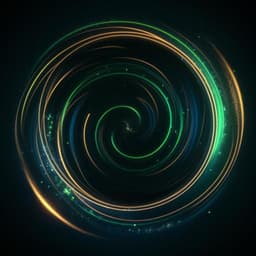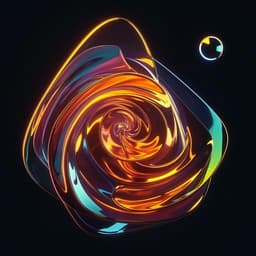
Physics
A chiral one-dimensional atom using a quantum dot in an open microcavity
N. O. Antoniadis, N. Tomm, et al.
Discover groundbreaking advancements in chiral quantum optics as researchers from the University of Basel unveil a single-photon diode with an impressive non-reciprocity of 10.7 dB, demonstrating the power of photon-emitter coupling.
~3 min • Beginner • English
Related Publications
Explore these studies to deepen your understanding of the subject.







